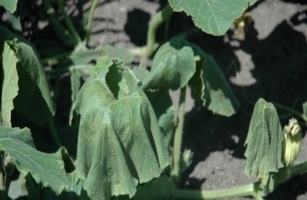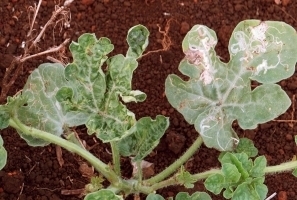Improved Shipper: It is developed by PAU, Ludhiana. Fruits are large size, skin color is dark green. These are moderately sweet with TSS 8-9%.the average yield is 70-80qtl per acre.
Special No.1: It is developed by PAU, Ludhiana. Fruits are round and small in size, flesh is of red color. These are early maturing varieties. TSS is lower than Improved Shipper.
Sugar Baby (Before 1962): This variety yields small to medium-sized fruits with dark green skin. The flesh of the fruit is deep red and very sweet, containing 9-10% TSS. It produces 72 q/acre.
POPULAR VARIETIES DEVELOPED BY ICAR IIHR BANGLORE
Arka Muthu: Shorter inter nodal length and early maturing type (75-80 days). It has round fruits with dark green stripes and deep red flesh ice box type average fruit weight is 2.5-3 kg with TSS ranging from 12 to 14 0 Brix. Fruit yield 240q/acre. Suitable for precision farming and also high density planting.
Arka Aiswarya: F1 hybrid fruit are oblong and have a high TSS of 12-13 brix. It gives 320q/acre yield, and has red flesh with sweet taste.
Arka Manik: Fruits are oval with light green rind to dark green stripes. Deep crimson flesh with granular texture, pleasant aroma, very sweet, TSS 12-150 brix. Average fruit weight is 6 kg. Seeds small with dark brown specks on the test Triple resistant to powdery mildew, Downey mildew and anthracnose. Yield 240q/acre.
Other state varieties:
Exotic Varieties: China - Watermelon Hybrid Yellow Doll, Water Melon Hybrid Red Doll. USA - Regency, Royal Flush, Royal Majesty, Royal Sweet, Paradise, Ferrari, Sunrise etc.
Asahi Yamato: Developed by IARI, New Delhi. This variety gives medium sized fruits with weight of 6-8kg. The variety is ready to harvest in 95days. Flesh is of deep pink color. The fruits contain 11-13% of TSS content.
Varun, Yuvaraj, Aayesha, Madhubala, Chetan, NS 295, NS 34, NS 450, Arjun, Sumo, KSP 1081, Lalima and Raja.

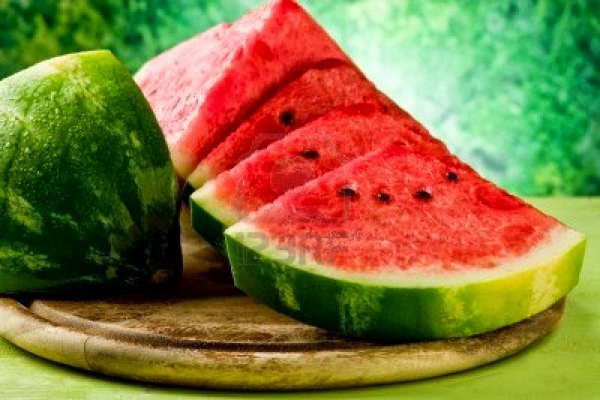








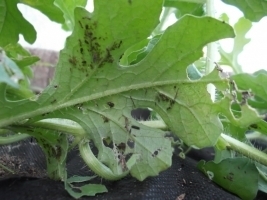
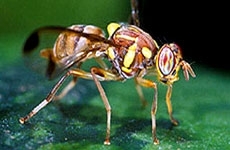
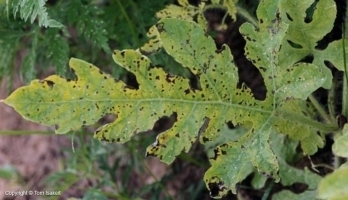
.jpg)
